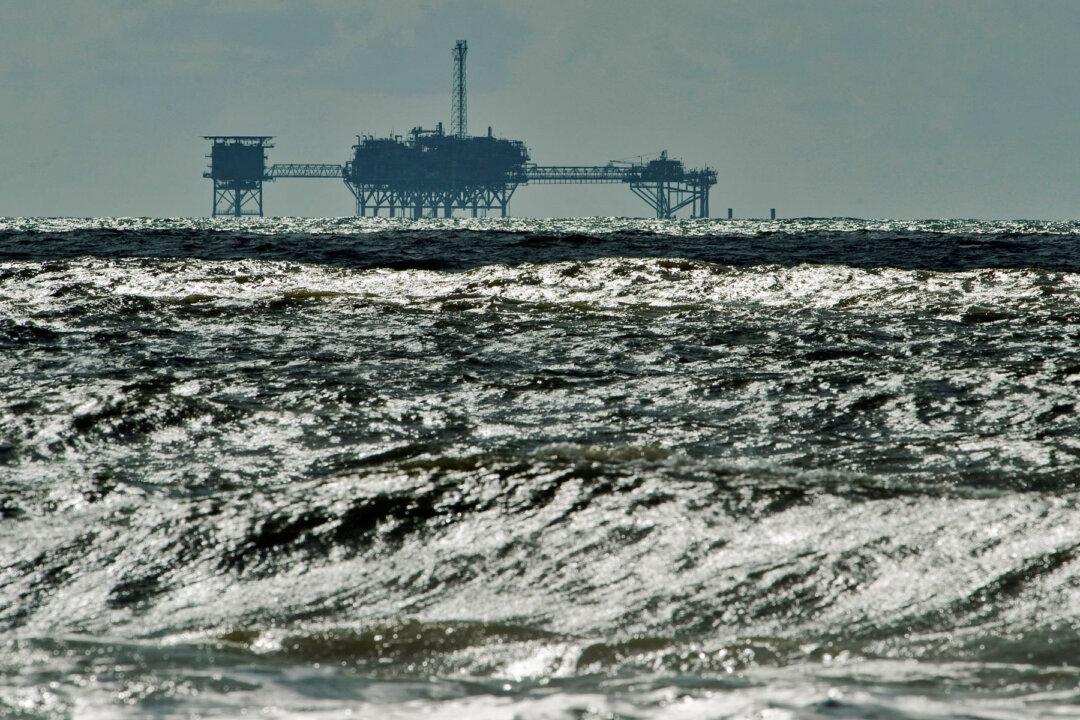Even though gasoline prices have slid below $4.50 per gallon on average nationwide in what’s been a multi-week downward trend, an industry expert warns that the reprieve is likely temporary and that drivers should brace for pump pain as oil readies to rally in a “second act.”
“Global economic headwinds are pushing oil prices lower and less expensive oil leads to lower pump prices,” AAA spokesman Andrew Gross said in a statement. “And here at home, people are fueling up less, despite this being the height of the traditional summer driving season. These two key factors are behind the recent drop in pump prices.”
If these supply-demand dynamics hold, AAA predicts further price relief at the pump.
‘A Tragicomedy in the Making’
Tom Kloza, founder of Oil Price Information Service (OPIS), said in a statement that, even though retail gasoline prices slipped below the $4.50 mark, he expects that “this respite may be a prelude to oil’s second act—a tragicomedy in the making.”To support his hypothesis, Kloza noted that wholesale gasoline prices have jumped by about 10 cents per gallon in the past week or so.
Crude oil prices started the week in rally mode, with West Texas Intermediate jumping more than 5 percent from about $99 a barrel on July 18 to about $104 on July 19, before giving back those gains and back trading late on July 20 at about $99.
‘Absolutely Parabolic’
Kloza said in an OPIS webinar on July 12 that he expects considerable price volatility in gasoline and diesel going forward.“This is a bit of an interlude in what is going to be a stormy, stormy path the rest of this year and into 2023 as well,” he said.
Low stockpiles of diesel, in particular, mean more price uncertainty going forward, according to Kloza.
“Watch diesel prices in the next six months. They could go absolutely parabolic in a replay of what we saw in March and April,” Kloza said.
Diesel plays a major role in powering the global economy, as it’s used to transport nearly everything that is grown, processed, or manufactured.
Jared Bernstein, a member of the White House Council of Economic Advisers, told CNN in a recent interview that he expects gasoline prices to continue falling through July but cautioned that, beyond that, the picture is fuzzy.
‘Stratospheric’ Crude of $380 a Barrel?
Concerns that gasoline and diesel prices could soar again are tied to efforts to further tighten the sanction screws on Russia in response to its invasion of Ukraine.The United States and its G-7 allies have proposed a price cap on Russian oil to reduce funds flowing to Moscow.
But JPMorgan has warned that Russia could retaliate by restricting its oil output to create a shortage in the market and thereby prop up prices.
The investment bank’s analysts predicted at the beginning of July that a 3 million-barrel cut to daily supply by Russia could push Brent crude oil up to $190 a barrel, according to Bloomberg.
A worst-case scenario of a 5 million-barrel cut could mean “stratospheric” crude prices of $380 a barrel, according to the analysts.
“Those Europeans and Americans that are talking about $40 a barrel, what they’re going to get is $140 a barrel,” Luft said, while making the same argument as JPMorgan analysts that Russia could cut production as a retaliatory measure.





